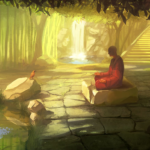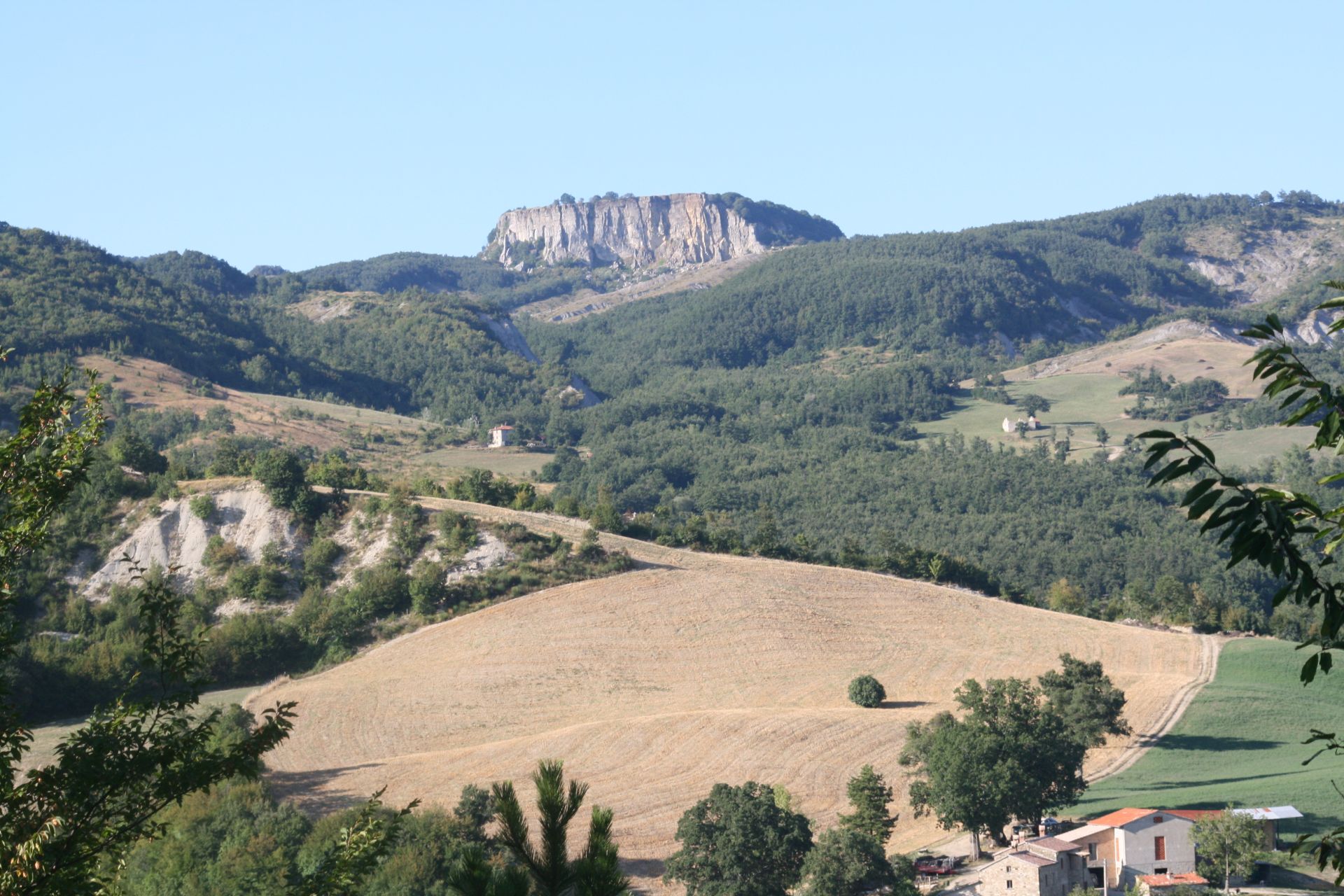Olistic Activities

At the Casale Montondo you can practice one-to-one sessions or groups – seminars, several personal research and awareness techniques.
Meditation and Contemplation

The definition of meditation is: a process by which we are able to contemplate the One Reality (our soul nature) to understand it.
Meditating is not synonymous with self-hypnosis, and it does not mean thinking, remembering past events, or try to solve problems. No need to be confused. Meditation is the time that we have to stay in a state of clear consciousness and awareness. After the meditation, if we wish, we can think, plan, examine our relationships in the world in which we live and solve problems. Each meditation if properly done, is a transcendent experience. Someone may ask: what is the best meditation technique? The answer is the one that most effectively clarifies the human mind and the consciousness.
Meditare.it Meditare.net
Heart Chakra Meditation
karunesk-Heart chakra Meditation

Meditation and Dance of the Sacred Heart is a technique of the Sufi tradition. Through harmonious movements combined with conscious breathing, it helps to release tension and stress, allowing the energy of the heart to flow again renewed and free. A ritual dance that reconnects to its inner core and to the natural flow of life in harmony with Existence.
The gestures and movements are performed in the 4 cardinal directions, north-south-east-west, gently bringing the energy to the individual body-mind-soul by contacting the 4 elements:earth-water-fire-air.
Yoga

Yoga is one of the six darshana or the orthodox systems of the Hindu philosophy. Subtle Physiology. You can see the chakras (energy wheels) , the nadis (channels) and Kundalini (Mother Energy which is located at the level of the sacrum). From the Sanskrit root “yuj” which means “union” or “bond ” , yoga refers to a set of techniques that allow the union of body, mind and soul with God (or Paramatma). One who follows the path and practice of Yoga is called a yogi or yogin.
The first great Indian work that describes the techniques of Yoga is the Yoga Sutras (Aphorisms on Yoga), written by Patanjali, which contains 185 aphorisms. The traditional Indian studies identified the grammarian Patanjali with the same name lived in the third century BC, but most modern philological studies have postdated the preparation work for expected early medieval era.
Patanjali explained to the practitioner 8 stages (or limbs) of yoga, namely the eight steps that lead to union with Paramatma:
Yama – moral commandments
Niyama – Rules of self-purification
Asana – postures of the body
Pranayama – breath control
Pratyahara – emancipation of the mind
Dharana – concentration
Dhyana – meditation
Samadhi – higher state of consciousness (union with Paramatma )



